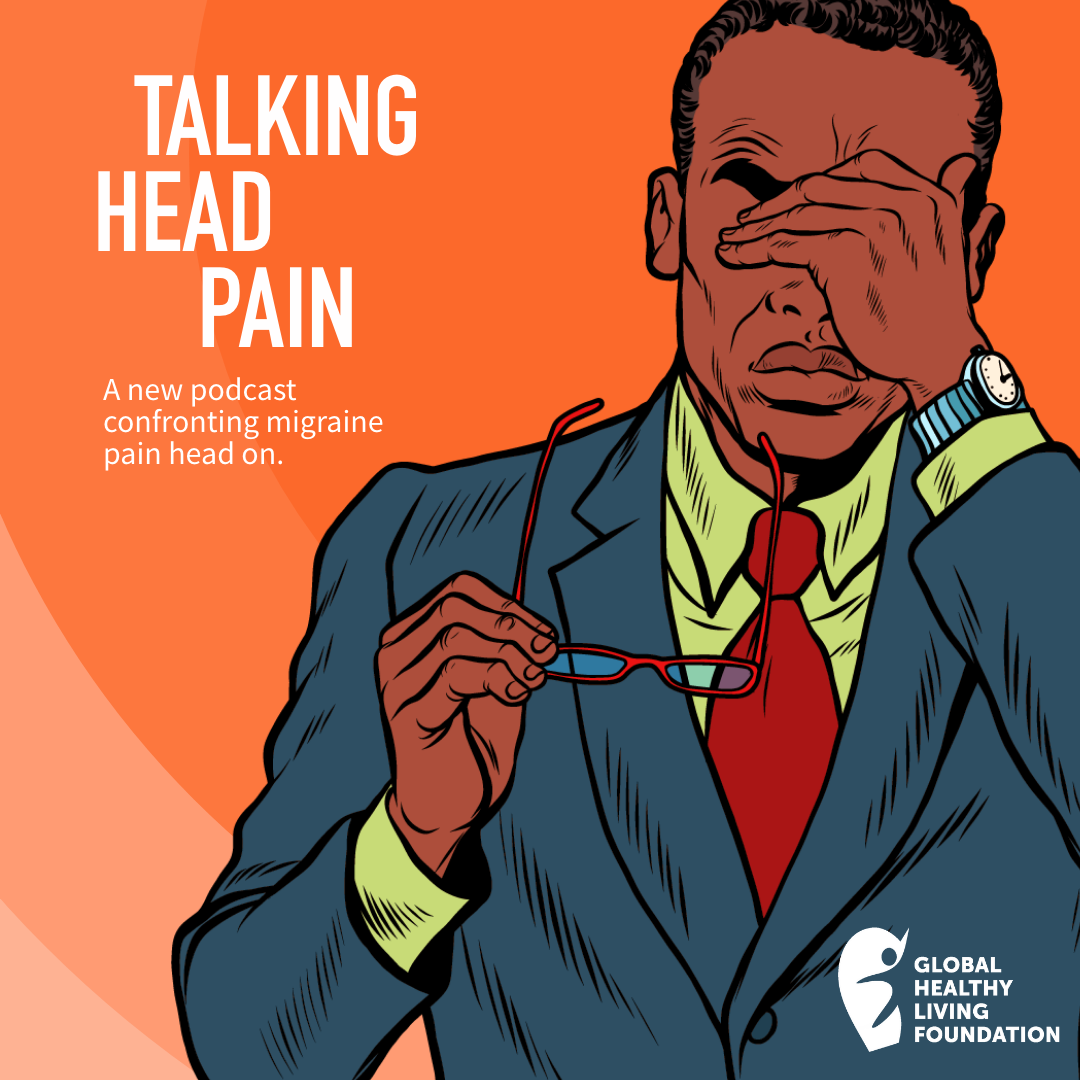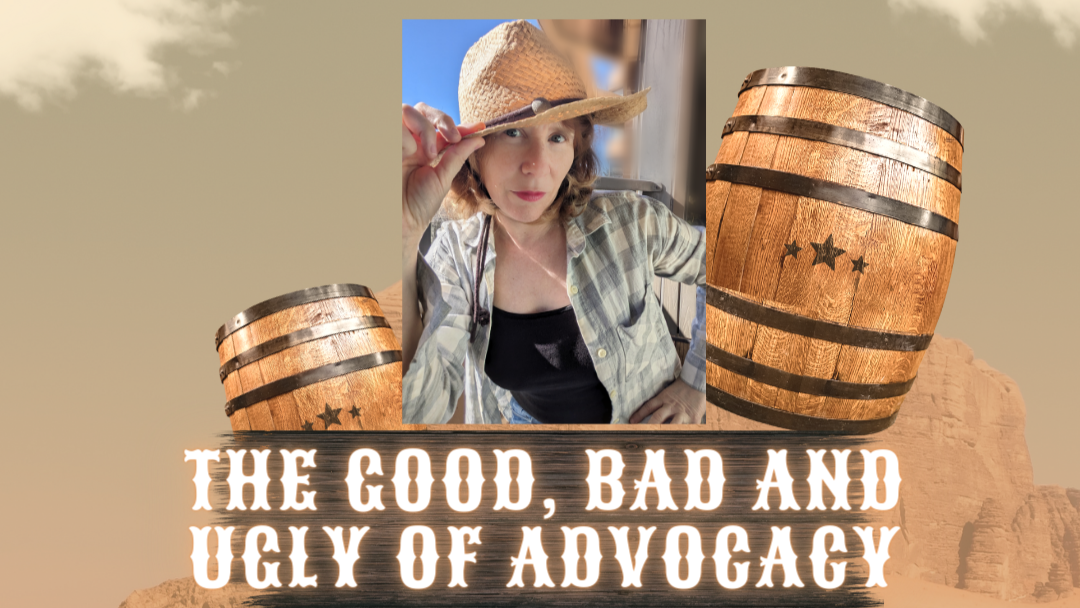I knew from the beginning my lot in life was to create. My great-great grandmother on my mother’s side was a vaudeville performer in London and New York. My great-grandmother on my father’s side gave me a great love for storytelling. She taught me the power of writing and words. I sent her thank-you notes in the form of poems and stories. I couldn’t get enough of the language, of creating worlds on the page, of giving birth to images.
For the next 40 years, theatre, dance, and the written word would be my lot in life. I was born to be an artist.
Definition of Art
I’ve lived an artist lifestyle for more than 40 years, but you don’t need to be an artist to create or engage in art. The word “art” is intimidating to many because it tends to evoke improbable images of artistes spending days on the beach with a great canvas in front of them; writers hanging out in Paris cafes with a notebook and a martini; sculptors carving out their next masterpiece in magnificent studios with floor-to-ceiling windows; a glamourous ballerina sashaying across the stage. While a few artists might live this very romantic lifestyle, most of us do not. This idealistic vision of art presents a daunting standard most of us feel we cannot attain.
The word art has many incarnations and many definitions but the definition that appeals to me the most is modest and practical: it’s the expression of self.
Art was my healer long before I needed to be healed. Performing onstage always uplifted me and enriched me. It filled me with delight and gave me confidence that I could accomplish anything. Engaging in my art boosted my endorphins and decreased pain, particularly in theatre and dance where physicality dominated.
I lost myself in my art — it took me out of myself, gave me a break from reality, and provided a new perspective on my life. It gave me a reason to celebrate, and celebrating the small victories is so important, especially in a life with chronic illness.
Art Is Physiotherapy
When I was diagnosed with rheumatoid arthritis (RA), my physical and emotional life changed. I couldn’t execute those difficult dance positions anymore and the energy required for rehearsals and performance in the theatre slowly declined. I lost my physical flexibility and strength to inflammation; however, my brain was as sharp as ever.
I could still memorize lines within a day, but sometimes my body was too exhausted to comply. And while RA put a stop to certain parts of my artistic life, it didn’t end it. It simply forced me to find another way to express myself — and so, I turned to writing, back to the stories and words I loved so much.
RA became my muse as much as my adversary. I found comfort in sharing my experience through the written word. I discovered things about myself that maybe I always knew but couldn’t see. I wrote to escape, to share, to connect, and to heal. The words were vital in helping me reach my goals. By writing them down and seeing them on the page, I could make them a reality.
One of the many tools we use for RA is distraction. Art is a powerful distraction for me. It’s part of my physiotherapy. It flexes my emotional muscles as well as my physical ones. It compels me to appreciate beauty when I need it the most. It distracts me from my troubles and allows me to see my life through a different lens. Creativity widens the boundaries created from my disease.
Art is personal — it doesn’t matter if you’re any good at it, or if anyone sees it, it only matters that you enjoy it. It’s for you, and because it comes from you, its power is incomparable. We all have something beautiful to share.
Art can be social — it reduces stress and brings a community together. It allows you to express yourself in diverse ways. It makes you curious, it engages your brain. It pulls focus from our physical body and shows us what is possible.
Art, like physiotherapy, can sometimes be painful and challenging, but just like physiotherapy, once you overcome the block, it can be rewarding. It’s productive and gives us a sense of accomplishment. It’s a pleasant distraction from real life. Anything that brings you joy has a little bit of power to heal.
Advocacy, like writing, is a form of art. Sharing our words and experience is therapeutic. It empowers us and give us purpose. It broadens our world by connecting us to others that share the same challenges. It liberates us from anonymity, gives us a name, a face, and makes us visible.
An Artful Life
Everyone can engage in an artform that works for them. Photography, scrapbooking, journaling, painting, music, storytelling, poetry, are just few of the more common examples of self-expression and inventiveness. The rise in popularity of adult coloring books tells us so much about the need for creative diversion. Whether you listen to music or create it, read a story or write one, paint a picture or just get lost in one, it stirs up a physiological response that can help us cope with a capricious world.
Imagination and creativity are the underlying foundation of living with chronic illness. It gives us the flexibility and skill to adapt to a constantly changing life. And whether we are aware of it or not, we do it every day.
There are so many ways to engage in an artistic life with chronic illness, little joys in which we can indulge. Art is all around us. The blushing cherry blossoms under a blue spring sky is poetry; frothy waves lapping upon the shore is music; a cherry sunset on a sizzling summer day is a painting. Anything that is significant or appealing, and stirs a response within us is art.
It’s not for everyone, we all have our own methods of coping, but my creative life sustains me and helps me manage a life with chronic illness. I don’t put on ballet shoes anymore, but I still grace the stage every once an a while or help others. And when I can’t, there are so many options to quench my creative thirst and help me escape from the burdens of disease for a little while.
Stay in Touch with CreakyJoints Canada
Part of the nonprofit Global Healthy Living Foundation, CreakyJoints is a digital community for millions of arthritis patients and caregivers worldwide who seek education, support, advocacy, and patient-centered research. All of our programming and services are always provided free of charge. As we grow CreakyJoints Canada we want to hear from you. Please join our email list to stay connected, learn about new content and initiatives, and send us suggestions and ideas.






